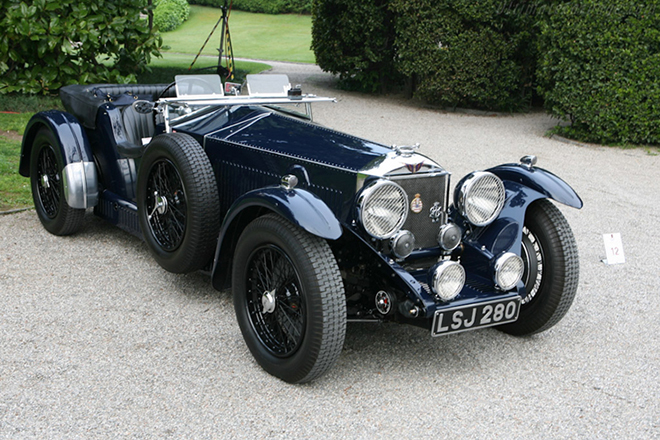The history of Invicta Cars is a tale of British car innovation and revival.
Invicta Cars has seen a few incarnations since its beginnings in the 1920s.
The Invicta Type-S designed as a high-performance sports car with an aerodynamic body, originally fitted with a 2.5 litre Henry Meadows six-cylinder engine.
It was known for its supreme handling characteristics and appealed to owners who appreciated both speed and style.
The Invicta Company’s origins go back to the year 1924 when Noel Macklin and Oliver Lyle already had a personal background of competition motoring.
Macklin and Lyle set out in 1924 to create a car that combined flexibility and the ability to accelerate from a standstill in top gear with sports car performance.
In 1927, Violette Cordery, Macklin’s sister-in-law, and Eleanor Simpson drove an Invicta in a factory-backed around-the-world trip to prove the car’s durability.
A nurse, a mechanic, and an RAC observer accompanied the ladies.
The trip covered 10,266 miles in five months, crossing Europe, Africa, India, Australia, the United States and Canada.
Price was only a secondary consideration that contributed mainly to the firms’ failure to weather the Depression years of the early 1930s.
Invicta struggled against rising costs and falling sales, the final car leaving the factory on Friday, the 13th of October 1933.
The Invicta reappeared in various forms, originally the 20′, in 1946 and 1985 and then the Invicta S1 was built between 2004 and 2012.
The Invicta S had a one-piece carbon-fibre body mounted on a space-frame chassis and fitted with a Ford V8 engine producing 600hp.
‘The Invicta Type-S was where sophistication met horsepower, leaving you torn between a top hat and a racing helmet.’
![]()

